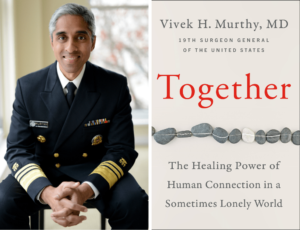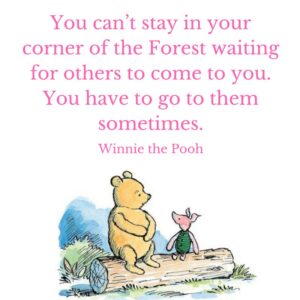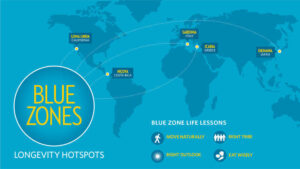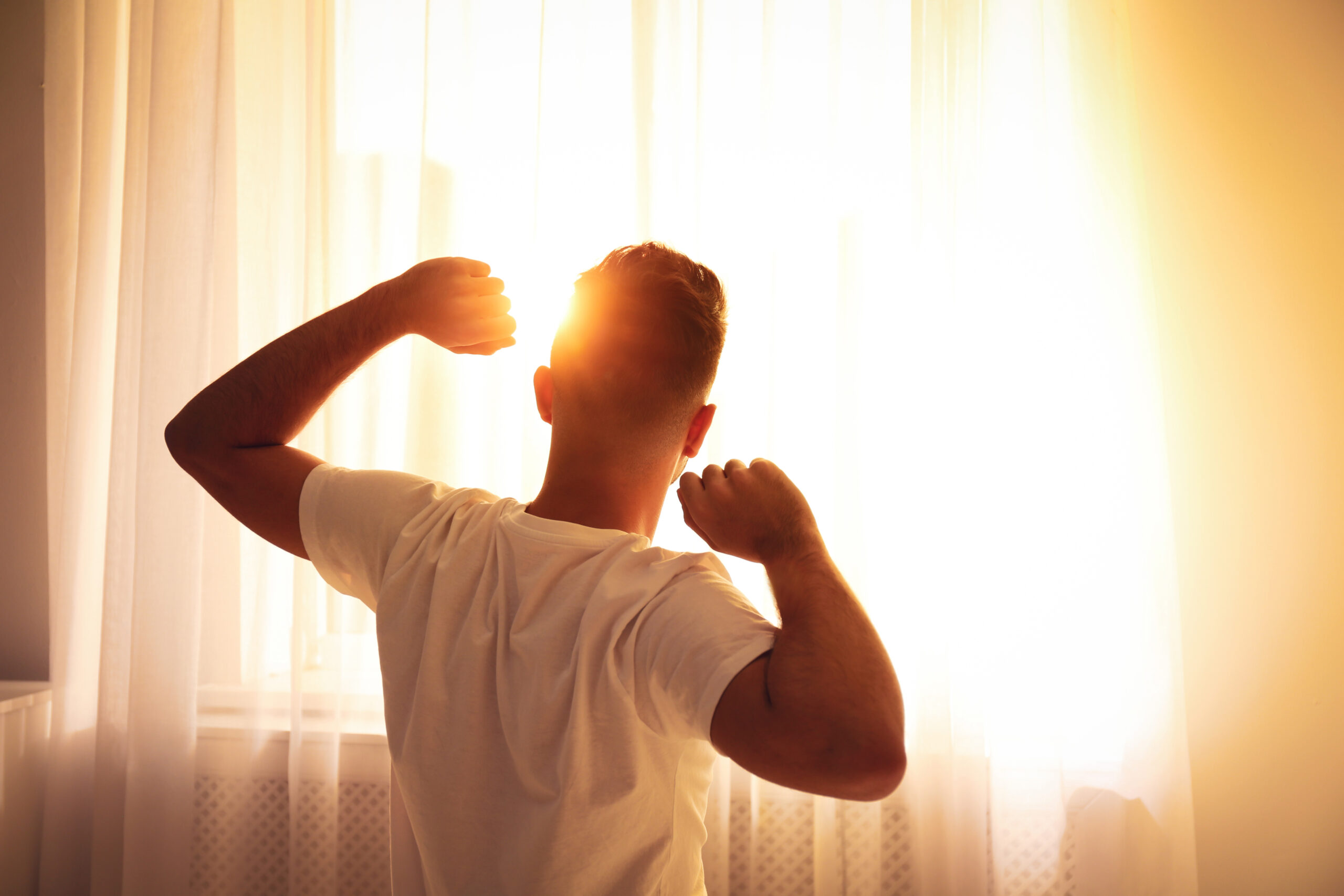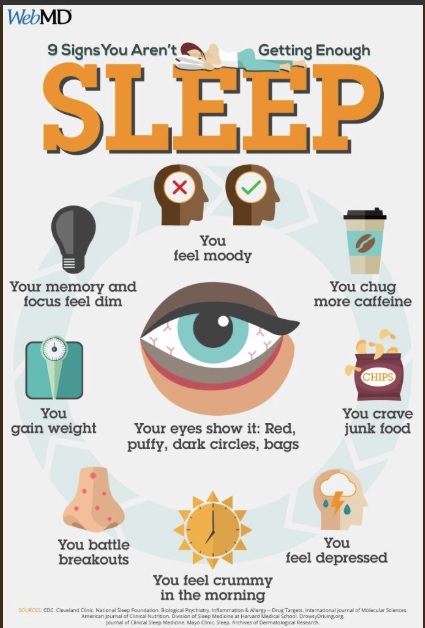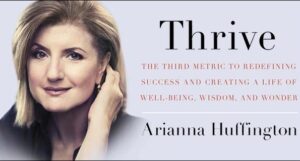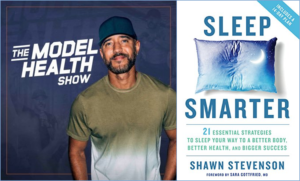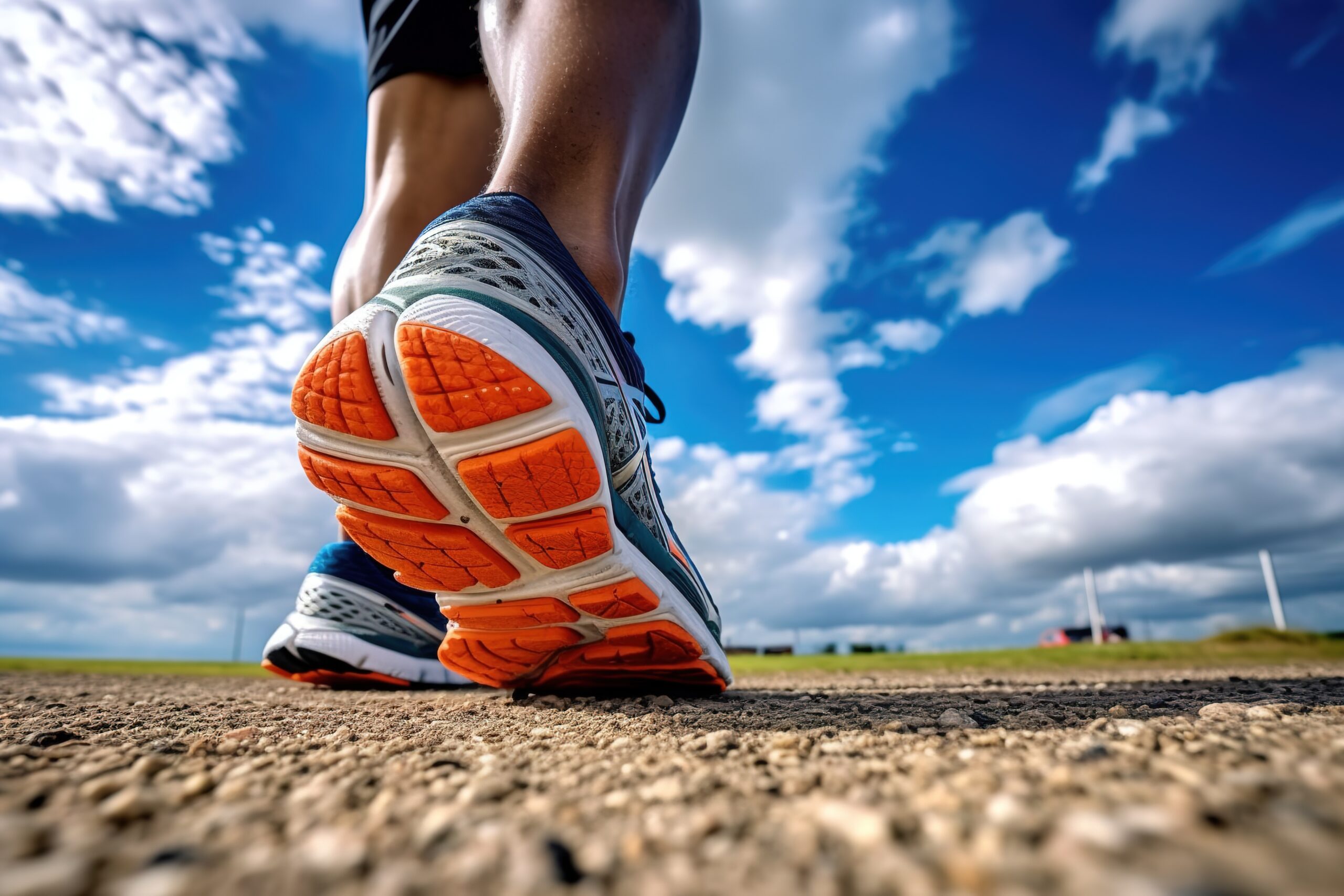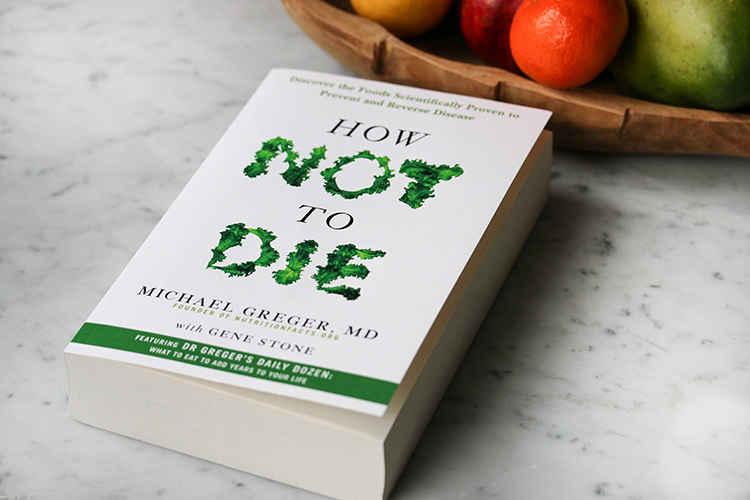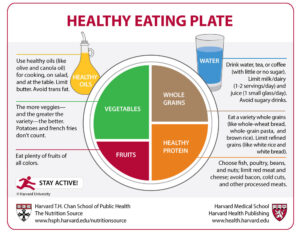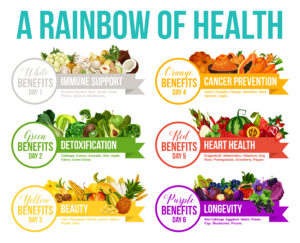Do you struggle with getting enough exercise? Sit too much? If so, you’re not alone. Adults between age 20 and 75 reported spending an average of 9.5 hours of sedentary time each day, not including sleep.
As they say, “sitting is the new smoking.” Your body was made to move, and it pays a price when it doesn’t. When you’re sedentary, there’s a dramatic drop in the production of enzymes that burn fat, and your metabolism slows.
You know that exercise comes with an array of benefits. For example, it has positive effects on energy, happiness, blood pressure, brain health, cognitive capacity, disease prevention, immune system function, mood, motivation, confidence, sexual function, sleep, stress management, longevity, and overall physical and mental health and wellness.
According to researchers, exercise can help you be more productive at work, have better interactions with colleagues, and feel more satisfied at the end of the day. (1) What’s more, when you don’t exercise, you get tired more easily and lose energy and stamina. You get stressed, irritable, and more forgetful and impulsive. Not good.
How to Get More Exercise: 17 Tips
So how should you go about it? Here are 17 tips for getting more exercise:
1. Start small and keep it simple. Take the stairs. Park at the back of lot. Avoid making it overly ambitious or complicated at the start.
2. Walk more. Why not go for a brisk walk daily? You’re built to move, and walking is simple and accessible. It allows your mind to wander and also gets you outside into the daylight.
3. Try walking meetings. They replace sitting with moving, and they can make the meeting more collaborative and enjoyable. You’ll also enjoy fresh air and sunshine.
4. Make exercise and regular movement as easy as possible. Keep those running or walking shoes by your bed. Have that gym bag packed and ready to go. Eliminate barriers and excuses.
5. Find out what works for you and do more of that. Start with one or two simple approaches that seem promising and see what works and what doesn’t. Don’t expect perfection and risk getting frustrated.
6. Build movement into regular microbreaks. How often do you get up from your desk? Not enough, in most cases. Can you stretch or do some simple movements (e.g., jumping jacks, knee-bends, squats, pushups, burpees)?
7. Choose activities you enjoy. You tend to feel more confident and perform better when you enjoy what you’re doing. Incorporate play or a challenge into exercise, with novelty and change. Engage in fun or relaxing hobbies that require some movement (e.g., gardening).
8. Calendarize exercise to help instill regularity and accountability. If you don’t, it’ll be too easy to skip as the busyness of the day overtakes your good intentions.
9. Use a step counter or other technology to track your progress. As they say, you don’t get what you don’t measure. Turn it into a streak and see your motivation and commitment increase dramatically.
10. Find powerful motivation to drive your exercise. Connect exercise to a deeper why and your higher aspirations and life goals—ones that have emotional resonance for you. Example: “I stay healthy so I can be alive and energetic with my kids (or grandkids).” For many people, continuing with exercise depends largely on anticipated rewards. Do you exercise because you like the way you feel afterward? Or does it give you a sense of accomplishment? Do you like seeing people at the gym or out on your walk?
11. Create habit loops for exercise. When you do this, you’ll stop thinking about it and just do it automatically. In his book, The Power of Habit, Charles Duhigg notes that you can create more effective and lasting habits via a three-step loop: cue, routine, and reward. For example, he writes, a cue can be seeing your workout clothes laid out and ready to go next to your nightstand when you wake up, the routine can be going to the gym at a set time, and a reward can be a delicious post-workout smoothie. You’ll begin to anticipate the reward (not only the smoothie but also how good you feel after a tough workout), and that craving will make it easier to get going each day, he writes.
12. Set challenging but realistic goals. Good goals can help you with focus, motivation, and commitment—especially when you keep them visible and top of mind. Write them down, display them, and talk about them.
13. Set milestones to shoot for and celebrate on the way to achieving goals. This will help you avoid the problem of insufficient or fading motivation from goals that are distant. Examples: 500 more steps walked per day on average vs. last month.
14. Use implementation intentions. These are concrete plans to follow through on your goals. They come in a specific form: “I will (BEHAVIOR) at (TIME) in (PLACE).” Example: “I will exercise for 40 minutes at noon on weekdays at my local gym.” According to research from the British Journal of Health Psychology on 248 people and their exercise habits, a much higher percentage of people who devised a plan for when and where they’d exercise did so at least once a week.
15. Replace bad habits with good ones. For example, go without devices for an evening and focus on walking, moving, or stretching instead.
16. Build in social and group components to exercise. Join a team or enlist a workout buddy, trainer, accountability partner, or hiking hive. By building in mutual dependence, you get both accountability and routine.
17. Change your mindset about exercise and movement. First, view it as part of your job—or at least a prerequisite to it. Or view yourself as a corporate athlete who needs to be at your best physically and mentally. Keep in mind that not everyone has the gift of health and movement. It’s too easy to take it for granted. Better to view exercise as a privilege, not a chore—and something you can invest in so you have the ability to do all the other important things that give your life meaning and joy.
“Instead of viewing exercise as something we do for ourselves—a personal indulgence that takes us away from our work—it’s time we started considering physical activity as part of the work itself.”
-Ron Friedman, “Regular Exercise Is Part of Your Job,” Harvard Business Review
Meanwhile, as you’re exercising, be sure to be smart about it. Build in enough recovery time to avoid injury. Drink enough water. Don’t exercise too close to bedtime, as it may make it harder to fall asleep. And give yourself grace and avoid harmful self-judgment.
You got this!
–Gregg
Tools for You
- Traps Test (Common Traps of Living) to help you identify what’s getting in the way of your happiness and quality of life
- Quality of Life Assessment to help you discover your strongest areas and the areas that need work and then act accordingly
- Personal Values Exercise to help you clarify what’s most important to you
Related Articles
- “Good Nutrition for Health and Wellness”
- “Self-Care and Personal Resilience in Hard Times”
- “The Trap of Bad Habits—And How to Break Them”
- “Do You Have Margin in Your Life?”
- “Burnout”
- Jim Loehr and Tony Schwartz, “The Making of a Corporate Athlete,” Harvard Business Review, January 2001
- Bonnie Hayden Cheng and Yolanda Na Li, “To Improve Your Work Performance, Get Some Exercise,” Harvard Business Review, May 30, 2023
- Ron Friedman, “Regular Exercise Is Part of Your Job,” Harvard Business Review, October 3, 2014
Postscript: Inspirations on Exercise and Movement
- “Physical fitness is the first requisite of happiness.” -Joseph Pilates, German-born physical trainer, writer, and inventor
- “Take care of your body. It’s the only place you have to live.” -Jim Rohn, entrepreneur and author
- “A fit, healthy body—that is the best fashion statement.” -Jess C. Scott, writer
- “When it comes to health and well-being, regular exercise is about as close to a magic potion as you can get.” -Thich Nhat Hanh, Vietnamese Buddhist monk, peace activist, author, and teacher
- “If you don’t make time for exercise, you’ll probably have to make time for illness.” -Robin Sharma, writer
- “Physical fitness is not only one of the most important keys to a healthy body, it is the basis of dynamic and creative intellectual activity.” -John F. Kennedy, former U.S. president
- “Exercise is amazing, from the inside out. I feel so alive and have more energy.” -Vanessa Hudgens, actress and singer
- “Physical activity can be an effective treatment for mental health problems.” -Ben Singh, lead author of a large new meta-analysis with 97 reviews and more than 128,000 participants, research fellow, University of South Australia
- “Sustained high achievement demands physical and emotional strength as well as a sharp intellect…. When people feel strong and resilient—physically, mentally, emotionally, and spiritually—they perform better, with more passion, for longer. They win, their families win, and the corporations that employ them win.” -Jim Loehr and Tony Schwartz, “The Making of a Corporate Athlete,” Harvard Business Review, January 2001
(1) Coulson, J.C. & McKenna, Jim & Field, M. (2008). Exercising at work and self-reported work performance. International Journal of Workplace Health Management.
+++++++++++++++++
Gregg Vanourek is a writer, teacher, and TEDx speaker on personal development and leadership. He is co-author of three books, including LIFE Entrepreneurs: Ordinary People Creating Extraordinary Lives (a manifesto for integrating our life and work with purpose, passion, and contribution) and Triple Crown Leadership: Building Excellent, Ethical, and Enduring Organizations (a winner of the International Book Awards). Check out his Best Articles or get his monthly newsletter. If you found value in this article, please forward it to a friend. Every little bit helps!








